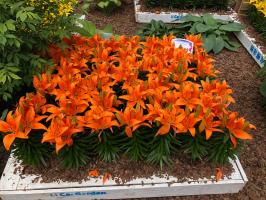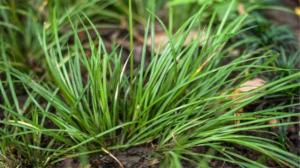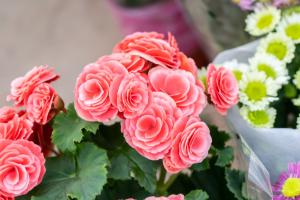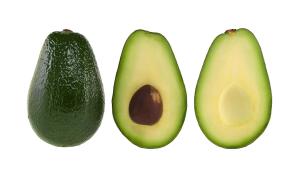What is the Best Way to Tie Tomato Plants?
Tomato plants need support when they start to grow taller so that they can stay upright and produce healthy fruit. There are many ways to provide support, but the best way to tie tomato plants depends on several factors, including the type of tomato plant, the size of the plant, the trellis or support structure, and personal preference. In this article, we will explore some of the most popular methods for tying tomato plants and their advantages and disadvantages.
Method 1: Staking
Staking is the most traditional method of tying tomato plants. This method involves using a wooden or bamboo stake that is driven into the ground beside the tomato plant. As the plant grows, it is tied to the stake using twine or strips of cloth.
The advantages of staking include:
Stakes are easy to install and remove.
Staking allows for better air circulation and sunlight exposure for the plant.
The disadvantages of staking include:
The plant may outgrow the stake and become unstable.
Staking requires more frequent tying as the plant grows taller.
Method 2: Caging
Caging involves putting a round or square wire cage around the tomato plant. As the plant grows taller, it is supported by the cage and tied to it using twine or clips.
The advantages of caging include:
Cages are easy to install and require less maintenance than staking.
Cages provide more support and stability for the plant.
The disadvantages of caging include:
Cages can be more expensive than stakes.
Cages can block sunlight and air circulation if they are too small or if the plant grows too big.
Method 3: Trellising
Trellising is a method of tying tomato plants that involves hanging a support structure above the plant and training the plant to grow upwards along the structure. Trellising can be done using a wooden or metal frame, a string or wire system, or any other type of vertical support.
The advantages of trellising include:
Trellising allows for better use of space and can increase fruit production.
Trellising provides a sturdy support system for the plant.
The disadvantages of trellising include:
Trellising can be more complicated and time-consuming than staking or caging.
Trellising requires more maintenance and tying as the plant grows.
Conclusion
The best way to tie tomato plants depends on the individual grower's preferences and the unique needs of their tomato plants. Staking is a good option for smaller plants or for those who prefer a traditional method, while caging provides more support and stability for larger plants. Trellising can be a great option for those who want to maximize their space and fruit production, but it requires more effort and maintenance. No matter what method is chosen, tying tomato plants is an important step to ensure a healthy and successful tomato harvest.

 how many times do yo...
how many times do yo... how many planted tre...
how many planted tre... how many pine trees ...
how many pine trees ... how many pecan trees...
how many pecan trees... how many plants comp...
how many plants comp... how many plants can ...
how many plants can ... how many plants and ...
how many plants and ... how many pepper plan...
how many pepper plan...































